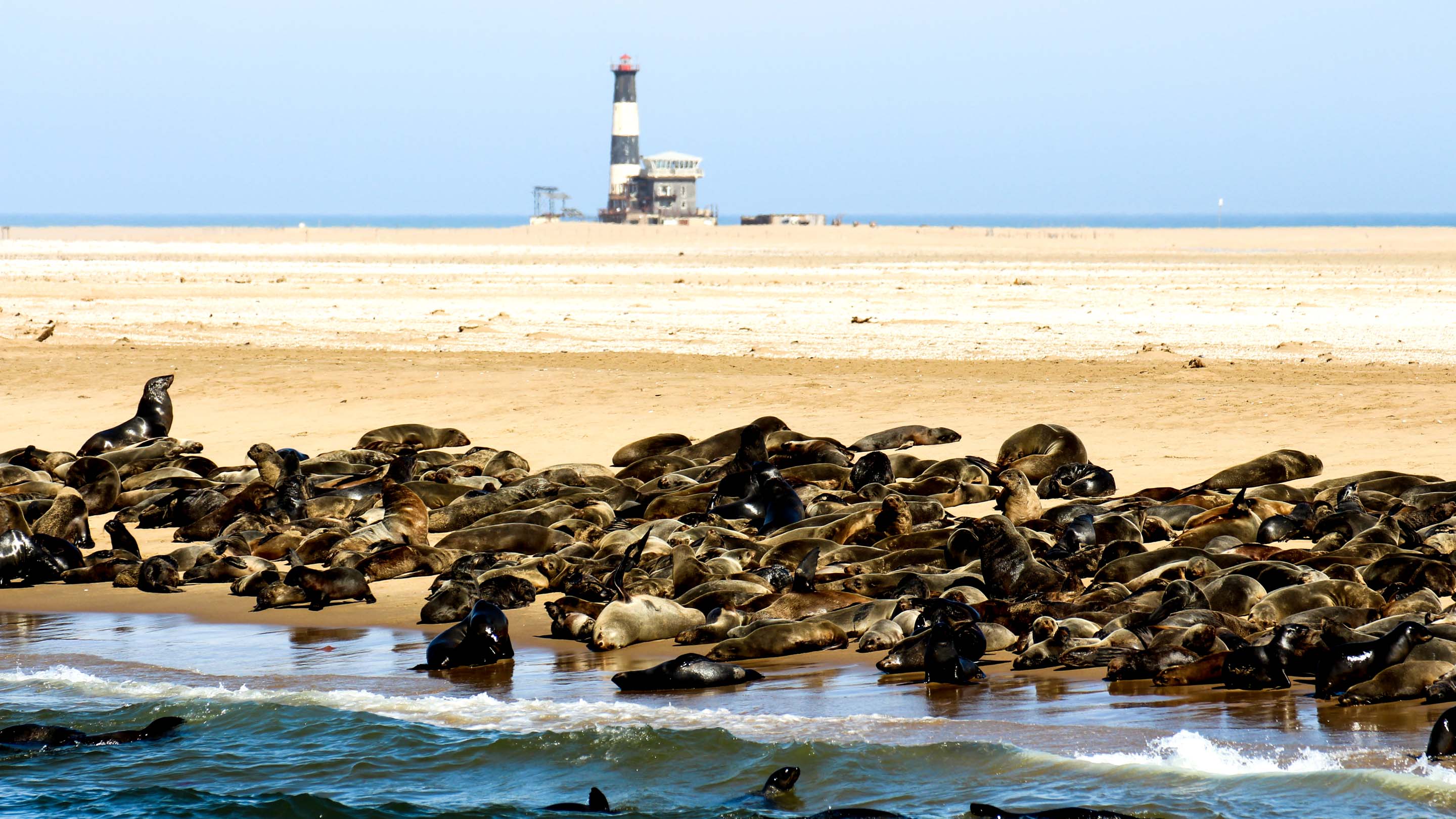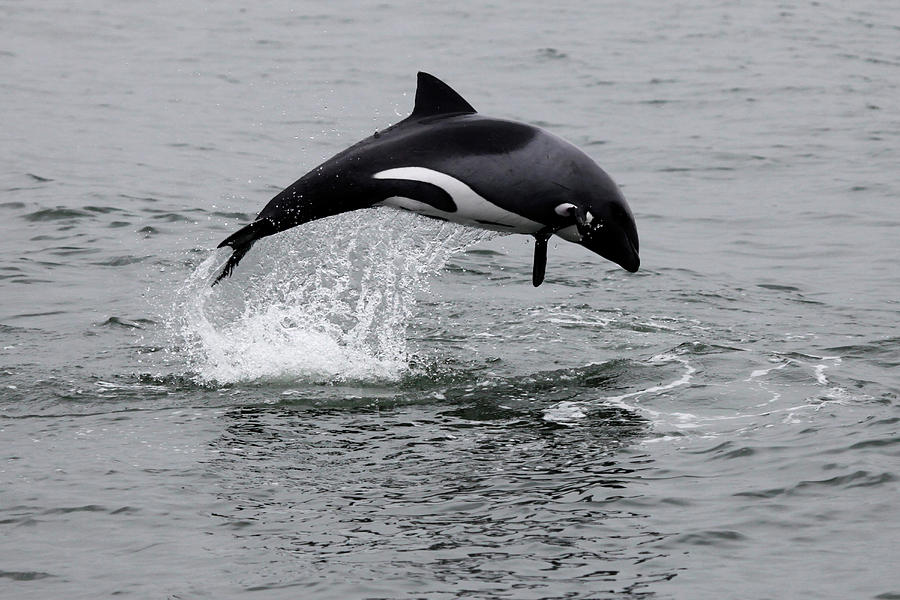

The annual yield is around 1000 tonnes, and the smell from the island is truly unforgettable. It was built to provide a roost and nesting site for seabirds and a source of guano for use as fertiliser. Because of machinery sprawl in the harbour area, it was relocated to its present site in the mid-20th century, and functioned as a church until 1966.Īlong the Swakopmund road, 10km north of Walvis Bay, take a look at the offshore wooden platform known as Bird Island. Walvis Bay’s oldest remaining building, the Rhenish Mission Church was prefabricated in Hamburg, Germany, reconstructed beside the harbour in 1880 and consecrated the following year. It also supports chestnut banded plovers and curlew sandpipers, as well as the rare Damara tern. The shallow and sheltered 45,000-hectare lagoon, southwest of town and west of the Kuiseb River mouth, attracts a range of coastal water birds and enormous flocks of lesser and greater flamingos. As with both other local wetlands, you can expect to see flamingos. It lies 500m east of town, off the C14 towards Rooikop airport. An observation tower and a short nature walk afford excellent birdwatching.
Walvis bay namibia africa series#
Immediately east of town at the municipal sewage-purification works is this nature sanctuary, which consists of a series of shallow artificial pools, fringed by reeds. In front of the train station are the remains of the Hope, an old locomotive that once ran on the original narrow-gauge railway. This isn’t a new problem – 5km east of town on the C14, notice the embankment which has buried a section of narrow-gauge track from the last century. It's one of the three wetlands around Walvis Bay (along with the lagoon and Bird Island), which together form Southern Africa's single most important coastal wetland for migratory birds.ĭuring the winter, rail services between Swakopmund and Walvis Bay are often plagued by windblown sand, which covers the tracks and undermines the trackbed and sleepers. They are also a rich feeding ground for shrimp and larval fish. As with the one in Swakopmund, these pans concentrate salt from seawater with the aid of evaporation.


Southwest of the lagoon is this 3500-hectare salt-pan complex, which currently supplies over 90% of South Africa's salt.


 0 kommentar(er)
0 kommentar(er)
